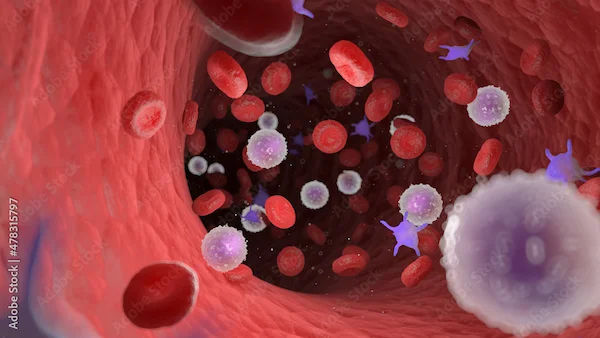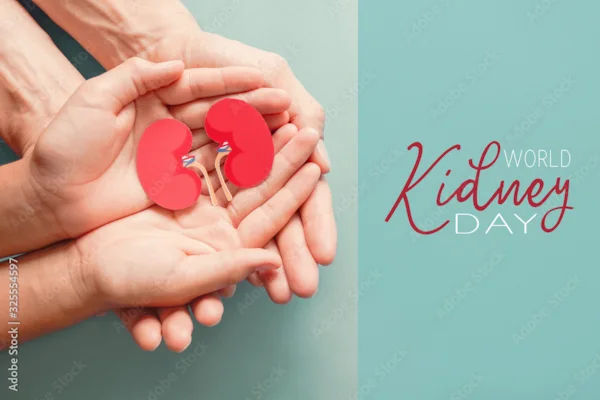Brain Aneurysm Overview and Management
What is a brain aneurysm, causes, symptoms, diagnosis and treatment options. Learn about the tips for managing life with a brain aneurysm and more.

Written by Dr. J T Hema Pratima
Reviewed by Dr. Mohammed Kamran MBBS, FIDM
Last updated on 22nd Aug, 2025

Brain Aneurysm Overview and Management
Introduction
A brain aneurysm is a serious but often misunderstood condition. If you are diagnosed with one, then you may have many questions. This article will help you understand what a brain aneurysm is, its symptoms, causes, and how it can be managed, all in simple, easy-to-understand terms.
What is a Brain Aneurysm?
A brain aneurysm is a weak, bulging spot in a blood vessel in the brain, much like a thin balloon that expands when filled with air. If it grows too large or bursts, it can cause life-threatening bleeding in the brain (a hemorrhagic stroke).
Not all aneurysms rupture; some remain small and never cause problems. However, when they do burst, immediate medical attention is crucial.
Consult a Neurologist for Personalised Advice
Symptoms of a Brain Aneurysm
Unruptured Aneurysm (No Bleeding)
Many people with small, unruptured aneurysms have no symptoms. However, if the aneurysm presses on nerves or brain tissue, you may experience:
• Headaches (often severe and persistent)
• Eye pain or vision changes (blurred or double vision)
• Numbness or weakness on one side of the face
• Difficulty speaking
Ruptured Aneurysm (Emergency Situation)
If an aneurysm bursts, symptoms come on suddenly and severely:
• Thunderclap headache (worst headache of your life)
• Nausea and vomiting
• Stiff neck
• Sensitivity to light
• Seizures
• Loss of consciousness
If you or someone you know experiences these symptoms, seek emergency medical help immediately.
What Causes a Brain Aneurysm?
The exact cause is not always clear, but certain factors increase the risk:
Risk Factors You Can’t Control
• Family history (if a close relative had an aneurysm)
• Age (more common in people over 40)
• Gender (women are at higher risk)
• Previous aneurysm (if you’ve had one before, another may develop)
Risk Factors You Can Control
• High blood pressure (puts extra stress on blood vessels)
• Smoking (weakens blood vessel walls)
• Excessive alcohol use (raises blood pressure)
• Drug abuse (especially cocaine)
How is a Brain Aneurysm Diagnosed?
If a doctor suspects an aneurysm, they may recommend:
• CT Scan or MRI – Creates detailed images of the brain.
• Cerebral Angiogram – A special dye is injected to highlight blood vessels.
• Lumbar Puncture (Spinal Tap) – Checks for bleeding if rupture is suspected.
Treatment Options
Treatment depends on the size, location, and risk of rupture.
1. Monitoring (for Small, Unruptured Aneurysms)
• Regular imaging tests to check for growth.
• Managing risk factors (blood pressure, quitting smoking).
2. Surgical Treatment (for High-Risk Aneurysms)
• Clipping – A tiny metal clip is placed to stop blood flow to the aneurysm.
• Coiling (Endovascular Embolisation) – A catheter is used to insert coils that block the aneurysm.
3. Emergency Treatment for Ruptured Aneurysm
• Immediate surgery to stop bleeding.
• Medications to prevent complications (vasospasm, seizures).
Living with a Brain Aneurysm: Tips for Management
If you have an unruptured aneurysm or are recovering from treatment, these steps can help:
1. Control Blood Pressure
• Monitor regularly.
• Take prescribed medications.
• Reduce salt intake.
2. Quit Smoking and Limit Alcohol
• Smoking weakens blood vessels—seek help to quit.
• Drink alcohol in moderation.
3. Eat a Brain-Healthy Diet
• Fruits, vegetables, whole grains.
• Omega-3 fatty acids (fish, nuts).
• Avoid processed foods.
4. Stay Active (But Avoid Straining)
• Light exercises like walking, yoga.
• Avoid heavy lifting or extreme exertion.
5. Manage Stress
• Meditation, deep breathing exercises.
• Counselling or support groups, if needed.
When to See a Doctor?
• If you have a family history of aneurysms.
• If you experience sudden, severe headaches.
• For regular check-ups, if diagnosed with an unruptured aneurysm.
Final Thoughts
A brain aneurysm can be frightening, but with early detection and proper care, many people live healthy lives. If you have risk factors, take preventive steps, and don’t ignore warning signs. Stay informed and healthy.
Consult a Neurologist for Personalised Advice
Consult a Neurologist for Personalised Advice

Dr. Uddalak Chakraborty
Neurologist
8 Years • MBBS, MD(GENL.MED.),DM(NEUROLOGY)
Kolkata
MCR SUPER SPECIALITY POLY CLINIC & PATHOLOGY, Kolkata

Dr. Aditendraditya Singh Bhati
Neurosurgeon
18 Years • MBBS(2004), DNB Neurosurgery(2014); MNAMS; Fellow Neuroendoscopy
Delhi
Apollo Hospitals Indraprastha, Delhi
(100+ Patients)

Dr. Ganeshgouda Majigoudra
Neurologist
10 Years • MBBS, MD ( GENERAL MEDICINE) DM (NEUROLOGY)
Bengaluru
Apollo Clinic, JP nagar, Bengaluru

Dr. Sarthak Mehta
Neurologist
6 Years • MBBS , MS Mch ( Neuro )
Bengaluru
Apollo Clinic, JP nagar, Bengaluru

Dr Rajashekar Mummadi
Neurologist
3 Years • MBBS, DNB General Medicine, DRNB Neurology
Hyderabad
Dr Ram's Neuro Clinic, Hyderabad
Consult a Neurologist for Personalised Advice

Dr. Uddalak Chakraborty
Neurologist
8 Years • MBBS, MD(GENL.MED.),DM(NEUROLOGY)
Kolkata
MCR SUPER SPECIALITY POLY CLINIC & PATHOLOGY, Kolkata

Dr. Aditendraditya Singh Bhati
Neurosurgeon
18 Years • MBBS(2004), DNB Neurosurgery(2014); MNAMS; Fellow Neuroendoscopy
Delhi
Apollo Hospitals Indraprastha, Delhi
(100+ Patients)

Dr. Ganeshgouda Majigoudra
Neurologist
10 Years • MBBS, MD ( GENERAL MEDICINE) DM (NEUROLOGY)
Bengaluru
Apollo Clinic, JP nagar, Bengaluru

Dr. Sarthak Mehta
Neurologist
6 Years • MBBS , MS Mch ( Neuro )
Bengaluru
Apollo Clinic, JP nagar, Bengaluru

Dr Rajashekar Mummadi
Neurologist
3 Years • MBBS, DNB General Medicine, DRNB Neurology
Hyderabad
Dr Ram's Neuro Clinic, Hyderabad




